Collection
Theme
- Children
- Forced marriage
- Debt bondage
- Forced labour
- Sexual exploitation
- Domestic slavery
- Emancipation
- Trafficking
Country
- India (trafficked from)
- India (slavery location)
- United Kingdom (slavery location)
- Qatar (slavery location)
- Saudi Arabia (slavery location)
Date
- 2018 (Narrative date)
- 2015 (Narrative date)
- 2007 (Narrative date)
- 2012 (Narrative date)
- 2016 (Narrative date) 19 More
Type
148 results
VOICES: Narratives by Survivors of Modern Slavery
This is the world's largest archive of modern slavery survivor narratives. Across more than a million words spoken or written by survivors of modern slavery, we can see why slavery persists in particular hotspots, analyse patterns in trafficking routes, identify vulnerabilities, understand more about the challenges survivors face in liberation, and discover new antislavery solutions. These narratives offer the chance to systematically design new antislavery strategies based on the experiences, ideas and solutions of enslaved people themselves.
The database is searchable by country, name, theme, and narrative date. Narratives can be viewed in list or map form. A short introduction provides context to each narrative. Narrative provenance appears after the main narrative text.
For ideas on how to use this database, please see our accompanying guide.
Project Lead: Zoe Trodd. Team Members: Andrea Nicholson, Lauren Eglen, Rosemary Pearce, Olivia Wright.
Project Funders: AHRC Antislavery Usable Past grant (2014-19), ESRC/AHRC PaCCS Modern Slavery: Meaning and Measurement grant (2016-19), and AHRC-GCRF Antislavery Knowledge Network grant (2017-2021).
For any queries about the collection please contact: [email protected]. If you wish to cite a particular narrative, please acknowledge the survivor’s name, the provenance of the narrative and cite: Voices Database, the Rights Lab, University of Nottingham.
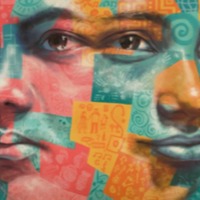
Nisha
India has a population of more than 1.3 billion people, there are still at least 270 million people living on less than US$1.90 per day. While laws, systems and attitudes regarding key 'fault lines' such as the caste system, gender and feudalism are rapidly changing, social change of this depth and…

Sara
The UK government implemented provisions of the Modern Slavery Act allowing foreign domestic workers who are trafficking victims to change employers during the six-month period for which they are admitted. Effective April 2016, any domestic worker determined to be a victim is allowed to remain in…

Afsana
It is estimated that there are over four million domestic workers in India. The domestic sector is informal and unregulated, obscured in private homes, and workers are not recognised as such but rather as ‘informal help’. Their wages are, on average, only a third of those in other sectors, they…
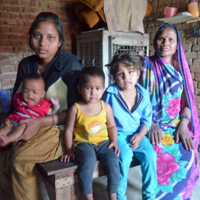
Puspal
Puspal was a bonded labourer in a brick kiln in India. Entire families migrate every year from other states in India to find work in Punjab’s brick kilns. The survey data suggest that there are more than 18 million people or 1.4 percent of the total population, who are living in conditions of…
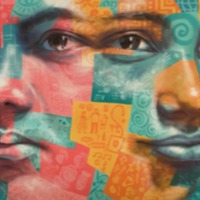
Sandeep
Sandeep was enslaved in a carpet loom in Uttar Pradesh. He was liberated by activists from Bal Vikas Ashram (BVA), an organization that liberates and rehabilitates child slaves. He was found weaving carpets, wearing only underwear, and had been forced to weave rugs for 12-15 hours a day, beginning…
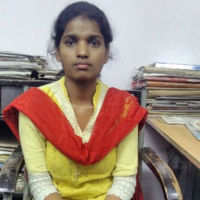
Seema
Seema was one of an estimated 4 million domestic workers in India. The domestic sector is informal and unregulated, obscured in private homes, and workers are not recognised as such but rather as ‘informal help’. Their wages are, on average, only a third of those in other sectors, they have very…
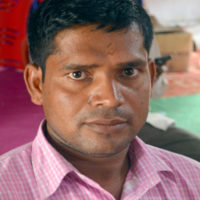
Shahid A
Shahid was trafficked to Saudi Arabia from his home in India after being given false promises of good, well-paid work. His passport was taken away and he was forced to work as a shepherd on a huge farm, despite his objections. Anti-Slavery International has found that Shahid’s experience is now a…
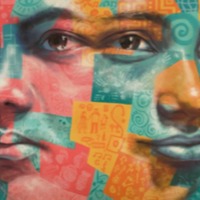
Shahnawaz
Shahnawaz was enslaved in a carpet loom in Uttar Pradesh. He was liberated by activists from Bal Vikas Ashram (BVA), an organization that liberates and rehabilitates child slaves. He was found weaving carpets, wearing only underwear, and had been forced to weave rugs for 12-15 hours a day, beginning…
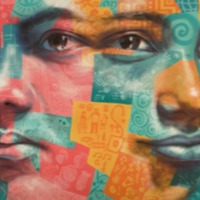
Shivnarayan
Shivnarayan and his children were enslaved in a stone quarry in India. They came to freedom in July 2005. The survey data suggest that there are more than 18 million people or 1.4 percent of the total population, who are living in conditions of modern slavery in India. Industries implicated in…
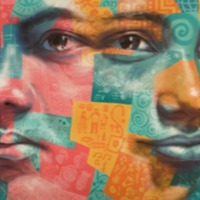
Hakim
India has a population of more than 1.3 billion people, there are still at least 270 million people living on less than US$1.90 per day. While laws, systems and attitudes regarding key 'fault lines' such as the caste system, gender and feudalism are rapidly changing, social change of this depth and…
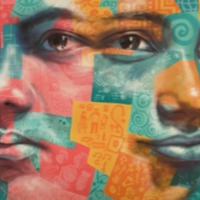
Kavya
Experts estimate millions of women and children are victims of sex trafficking in India. Traffickers use false promises of employment or arrange sham marriages in India or Gulf States and subject women and girls to sex trafficking. In addition to traditional red light districts, women and children…
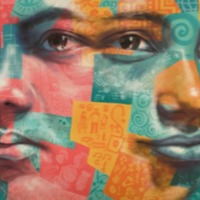
Lalli
India has a population of more than 1.3 billion people, there are still at least 270 million people living on less than US$1.90 per day. While laws, systems and attitudes regarding key 'fault lines' such as the caste system, gender and feudalism are rapidly changing, social change of this depth and…
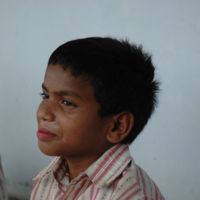
Arvind
Arvind tells the story of a failed attempt at trafficking into the carpet looms of Uttar Pradesh. More than 300,000 children are estimated to be trapped in India’s carpet industry in India, and there are also an estimated 500,000 children in the same industry in Pakistan. Most of India’s carpets…
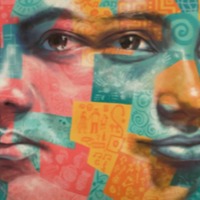
Battis
Battis was enslaved in a carpet loom in Uttar Pradesh. He was liberated by activists from Bal Vikas Ashram (BVA), an organization that liberates and rehabilitates child slaves. He was found weaving carpets, wearing only underwear, and had been forced to weave rugs for 12-15 hours a day, beginning at…
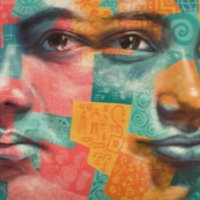
Piyara
The Global Slavery Index 2018 estimates that on any given day there were nearly 8 million people living in modern slavery in India. The GSI 2018 reports an emerging trend in northeast India where organised trafficking syndicates operate along the open and unmanned internatinoal borders, dupiong or…
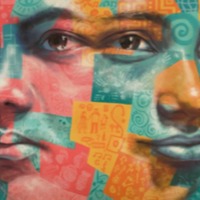
Minara
There are an estimated almost 8 million people living in modern slavery in India (GSI 2018). India has a population of more than 1.3 billion people, there are still at least 270 million people living on less than US$1.90 per day. While laws, systems and attitudes regarding key 'fault lines' such as…
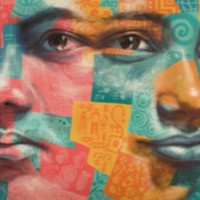
Sita
The Global Slavery Index 2018 estimates that on any given day there were nearly 8 million people living in modern slavery in India. The GSI 2018 reports an emerging trend in northeast India where organised trafficking syndicates operate along the open and unmanned international borders, duping or…
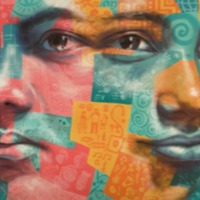
Sharifa
The Global Slavery Index 2018 estimates that on any given day there were nearly 8 million people living in modern slavery in India. The GSI 2018 reports an emerging trend in northeast India where organised trafficking syndicates operate along the open and unmanned international borders, duping or…
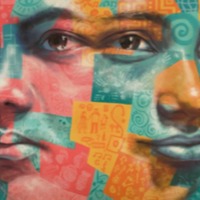
Anita C
The Global Slavery Index 2018 estimates that on any given day there were nearly 8 million people living in modern slavery in India. The GSI 2018 reports an emerging trend in northeast India where organised trafficking syndicates operate along the open and unmanned international borders, duping or…
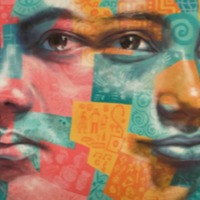
Tamanna
The Global Slavery Index 2018 estimates that on any given day there were nearly 8 million people living in modern slavery in India. The GSI 2018 reports an emerging trend in northeast India where organised trafficking syndicates operate along the open and unmanned international borders, duping or…